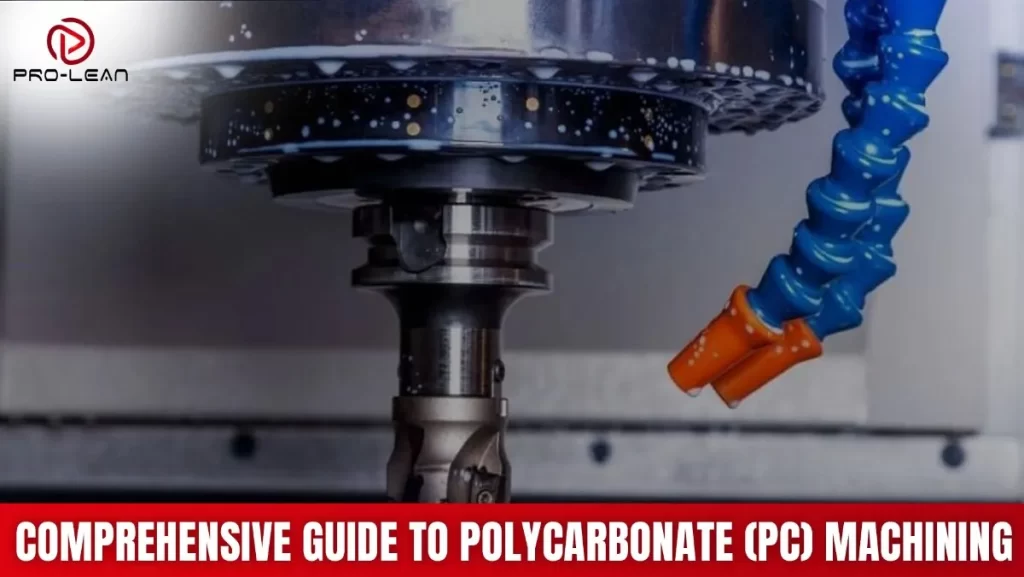
Polycarbonate Machining Guide
Have you ever thought about how to make lightweight, strong and clear parts for different applications? The answer is polycarbonate machining.
This process turns polycarbonate, a tough thermoplastic, into precise parts for various industries like automotive, healthcare and electronics.
Polycarbonate is known for its impact resistance and clarity so it’s perfect for items like headlamp lenses and medical devices.
At ProleanTech, we focus on CNC machining of polycarbonate and deliver high-quality results for your needs.
In this guide we will go over the properties of polycarbonate, how it’s made, different machining methods and finishing options. You will also find expert tips to get the best results in polycarbonate machining.
What Is Polycarbonate (PC)?
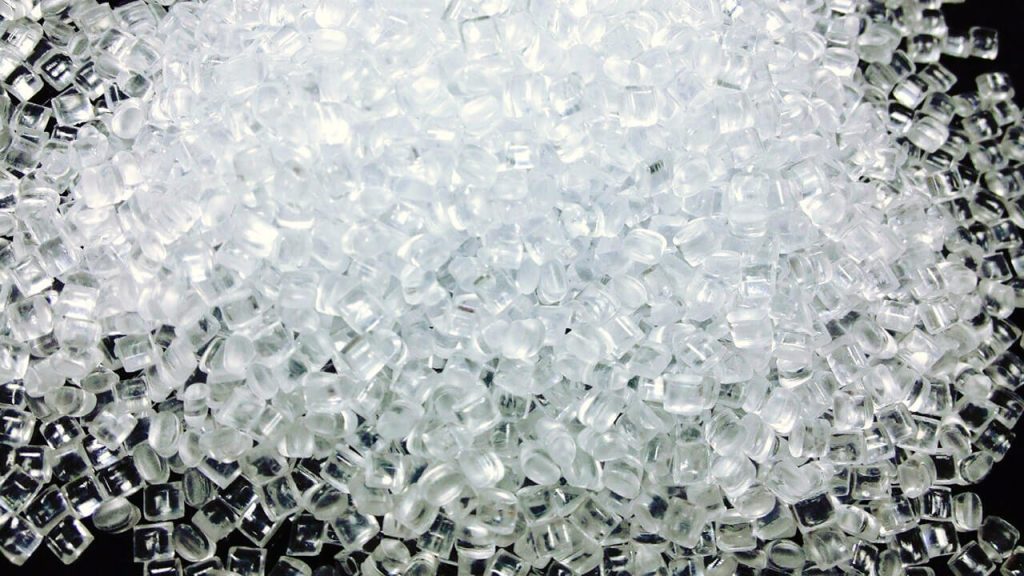
PC raw material particles
Polycarbonate (PC) is a tough, lightweight plastic used in many industries. It is well-known for being resistant to impact and having great clarity.
Because of these properties, polycarbonate is often selected as a replacement for glass.
It offers similar transparency and strength but is much lighter. It is very versatile and can be made into solid sheets, films, or molded parts.
Machining Polycarbonate History

Machining Polycarbonate
Polycarbonate was developed in the 1950’s andquickly became popular all due to its highly impact resistance and clarity. Manufacturers soon found that it was easy to machine and parts could be made precise.
Due to the versatility of polycarbonate, it became a go to material in automotive, aerospace, and consumer products. Polycarbonate is lightweight and durable. It’s a great alternative to glass and other materials.
As CNC Machining Process improved time to time, the polycarbonate machining became more efficient, accurate, and easy to use.
Now, it’s used accross many industries for various applications. Today, polycarbonate is a key material in many high demand industries.
Uncover More: CNC Machining of Thermoplastics
How Is Polycarbonate Made?
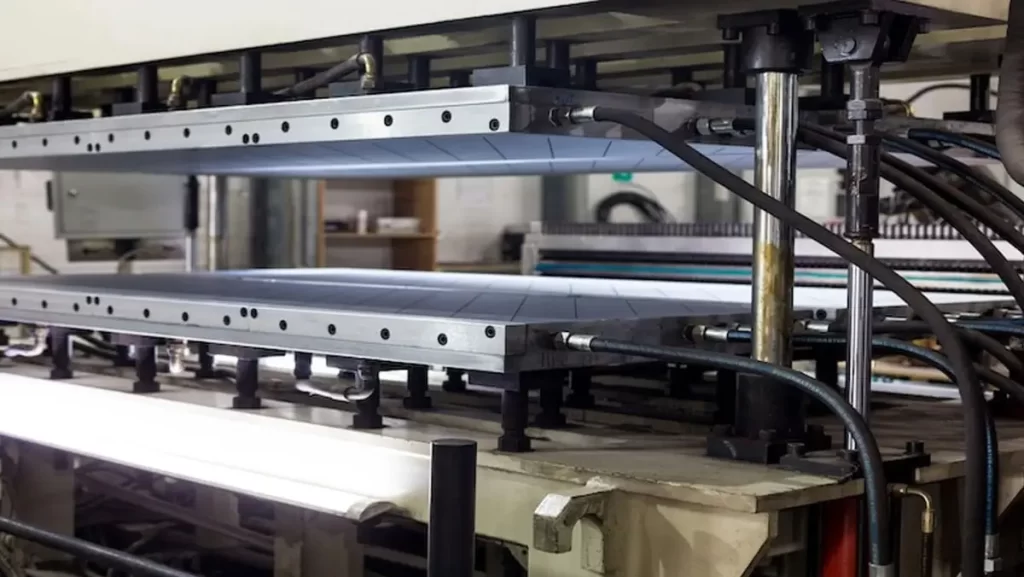
How Is Polycarbonate Made?
Polycarbonate is made by combining BPA with phosgene. The resulting resin is used in many products. The manufacturing process of polycarbonate involves two steps.
Step 1 – Synthesis of BPA
The first step mixes acetone with phenol together. This makes bisphenol A which is called BPA. BPA is a main part for making polycarbonate plastic.
Step 2 – Polymerization
BPA mixes with phosgene gas to make polycarbonate resin. The resin can be made into flat sheets. The resin can also be shaped into molded parts.
The process makes a strong clear material. This material is used in glasses and car parts.
Step 3 – Forming and Extrusion
Polycarbonate resin comes in two forms: sheet production and pellet manufacturing. The pellets are raw materials for machining and molding in various product manufacturing processes.
Properties of Polycarbonate (PC)
Polycarbonate demonstrates excellent impact resistance together with clear visibility and heat tolerance. Its numerous beneficial characteristics make it suitable for various industrial applications. Here are some important PC material properties:
1. High Impact Resistance
Polycarbonate maintains its integrity after enduring numerous impacts. The material excels in applications that require both durability and safety features.
2. Optical Clarity
Polycarbonate enables light transmission of approximately 90% through its material. The material serves essential applications that require clear visibility.
3. Temperature Resistance
Polycarbonate maintains its structural integrity and strength throughout high temperatures until it reaches its transition point at 147°C (297°F).
4. Chemical Resistance
Polycarbonate shows resistance to various chemicals yet specific solvents can cause damage to the material. The selection of polycarbonate for particular applications depends on its ability to withstand specific chemicals.
5. Modulus of Elasticity
The polycarbonate modulus of elasticity usually ranges from 2.0 to 2.5 GPa. The material demonstrates its ability to withstand bending forces when subjected to pressure.
Polycarbonate Injection Molding Process 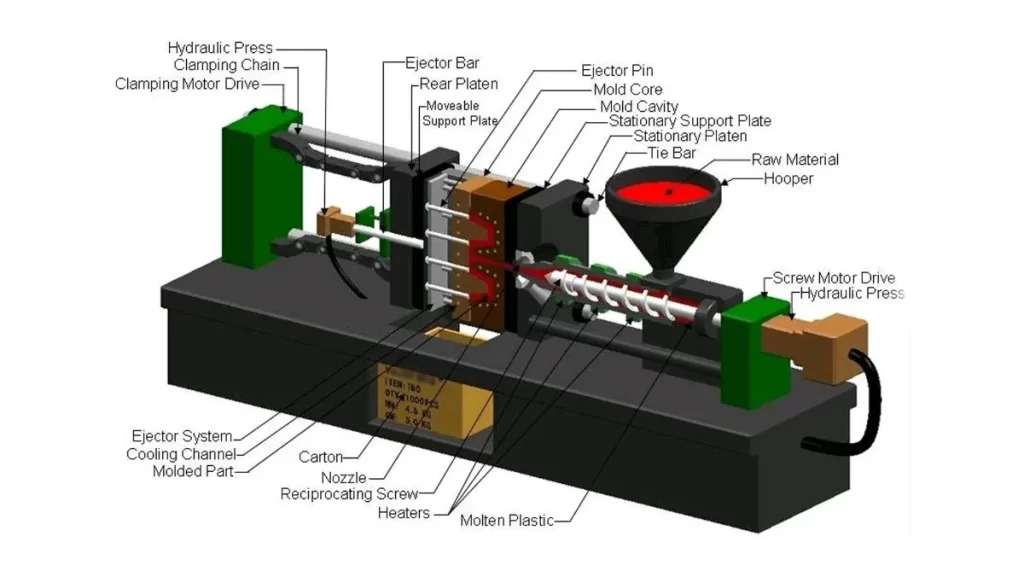
Polycarbonate Injection Molding
The production of polycarbonate parts through injection molding involves processing this plastic material. The process includes multiple operational stages.
Step 1 – The heating process transforms polycarbonate pellets into molten material.
Step 2 – The mold receives high-pressure injection of melted plastic material.
Step 3 – The mold cools down until the plastic solidifies into its desired form.
Step 4 – The finished product exits the mold after the ejection process.
Advantages
The advantages of this process make injection molding an attractive manufacturing solution for various applications.
- The production process enables fast manufacturing of numerous parts.
- The process enables the creation of precise detailed shapes.
- The manufacturing process generates minimal waste output.
Limitations
The evaluation process for this process requires examination of its limitations before making a project decision.
- The initial cost of mold creation proves expensive.
- Complex designs present challenges for successful implementation.
- The material properties of polycarbonate change to become brittle under specific environmental conditions.
Considerations
The selection of polycarbonate injection molding requires evaluation of these factors:
Cost: The production expenses need to match your financial resources.
Design Needs: Verify that your design functions properly with injection molding technology.
Application: The assessment should include evaluation of particular requirements which may include heat resistance and chemical exposure.
The production of strong clear parts through polycarbonate injection molding remains valuable but requires evaluation of its advantages against its disadvantages.
Try Prolean Now!
Common Types of Polycarbonate (PC) Plastics
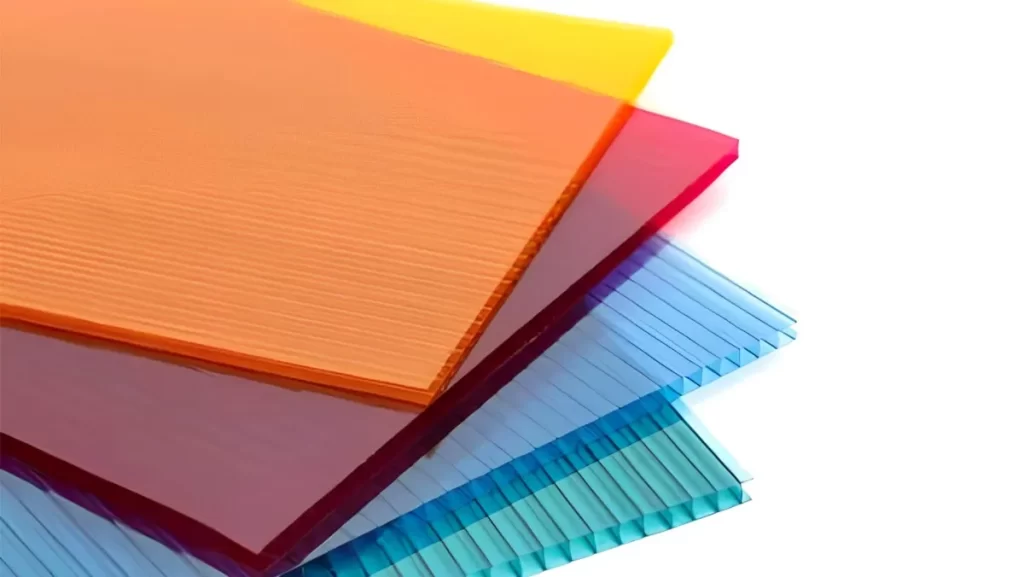
Types of Polycarbonate Plastics
The production of Polycarbonate includes multiple grades which serve different purposes. Here are the main types of polycarbonate (PC) plastics:
1. General Purpose Polycarbonate
This is the most widely used type. It has a good balance of strength, clarity, and impact resistance. It has a wide range of applications, from household items to industrial parts, because of its versatile properties.
2. Optical Grade Polycarbonate
This type is made for clear visibility. It offers high clarity and is often used in eyewear lenses and optical devices. Its ability to transmit light clearly makes it ideal for products where vision is important.
3. UV-Resistant Polycarbonate
This version is made for outdoor use. It contains special additives that help it resist UV rays. This prevents yellowing and brittleness over time, making it suitable for items exposed to sunlight, like outdoor signs and panels.
4. Flame-Retardant Polycarbonate
This type is treated to resist fire. It is often used in electrical applications and enclosures where safety is crucial. Its flame-resistant properties help reduce the risk of ignition, making it safer for various uses.
Benefits and Limitations of Polycarbonate Machining
The process of polycarbonate machining provides numerous advantages yet presents two main limitations which stem from its heat sensitivity and initial equipment expenses.
Benefits
- The high precision of Multi-axis CNC machining makes it an excellent choice for creating detailed designs.
- The process enables the production of complex shapes which other manufacturing methods struggle to achieve.
- CNC machining generates minimal waste material which results in cost-effective production.
- The CNC machine operates as a multi-purpose tool which performs milling operations and drilling and turning functions on polycarbonate materials.
- The automated manufacturing process produces uniform results because it follows the same production method for each part which minimizes quality variations.
Limitations
- The improper handling of polycarbonate leads to melting because of its thermal sensitivity. High temperatures can also cause warping.
- The establishment of CNC machining systems requires significant financial investment particularly when producing small quantities of products.
- The durability of polycarbonate material causes cutting tools to deteriorate at a faster rate.
- The process of deep cutting requires multiple passes because it exceeds the machine’s depth of cut capability.
Applications of CNC Machined Polycarbonate Parts
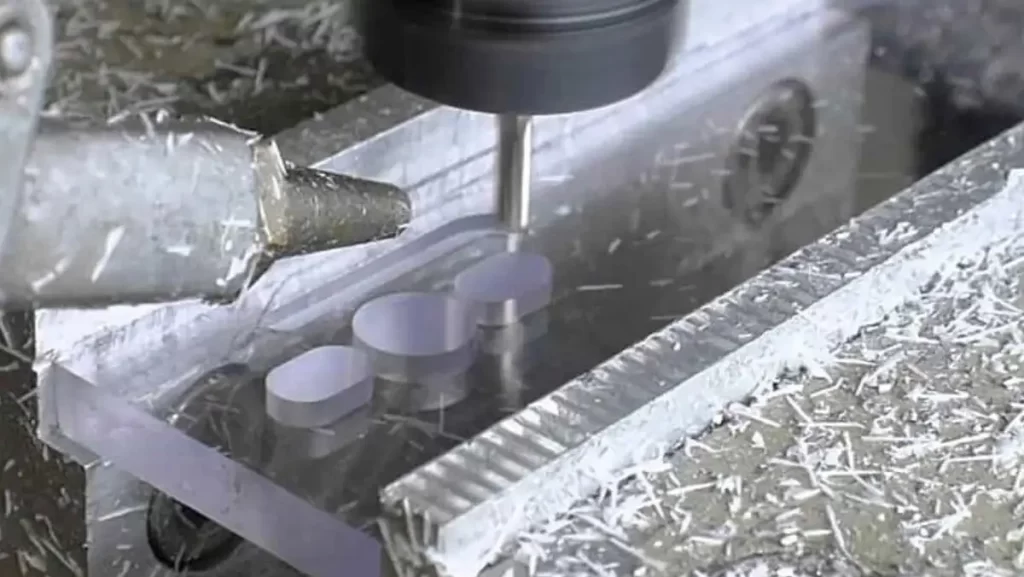
CNC Polycarbonate Applications
The strong clear material polycarbonate serves various industries because of its distinctive characteristics. The following list presents its main applications:
- Headlamp Lenses: Provides clarity and impact resistance for automotive headlights.
- Interior Components: Lightweight, used in dashboards and door panels in vehicles.
- Medical Devices: Strong and biocompatible, suitable for surgical instruments and containers.
- Protective Equipment: Commonly used for face shields and goggles for safety.
- Coffee Makers: Heat-resistant and transparent, ideal for durable appliances.
- Refrigerators: Used for shelves and compartments, offering strength while being lightweight.
For more interesting read, check: CNC machining of Titanium & Alloys
Polycarbonate Fabrication Techniques
Making polycarbonate needs good work methods to get good results. The work of making polycarbonate has many important ways to do it. Here are some of the polycarbonate fabrication techniques:
1. Cutting
Saws and CNC routers and lasers can cut polycarbonate sheets well. Sharp blades make clean cuts that do not chip the edges badly.
Laser cutting gives exact cuts but saws work better for big sheets. The right way to do these cuts makes smooth edges perfectly. These smooth cuts work well for more making steps that come next.
2. Drilling
Special drill bits for plastic and slow speeds work best for polycarbonate holes. High speeds make heat that makes the material bend and warp badly. Fast drilling makes the material get hot and then it bends wrong. Cool liquid helps a lot because it keeps the heat down nicely. The cool liquid also makes clean holes that look very good. The right way protects the material from getting damaged during drilling work.
3. Bending
Heat makes polycarbonate soft so it can bend into new shapes easily. The right heat level matters a lot because too much heat breaks it.Hot polycarbonate becomes soft so anyone can make the shape they want. The material keeps its new shape when it gets cool again.
4. Welding
Sound welding and hot air welding can join polycarbonate parts together well. The joining work makes strong bonds by melting the edges of both pieces. The right tools and good work methods make welds that stay strong. These strong connections work well for many different jobs and uses.
If you want to learn more about how CNC machining can benefit your projects, Explore CNC Machining & Its Advantages
Try Prolean Now!
Finishing Options for CNC Machined Polycarbonate Parts
Different finishing techniques enable users to modify polycarbonate parts while improving their aesthetic quality and product longevity.
Polycarbonate parts become more functional and attractive after finishing methods are applied.
1. As-Machined
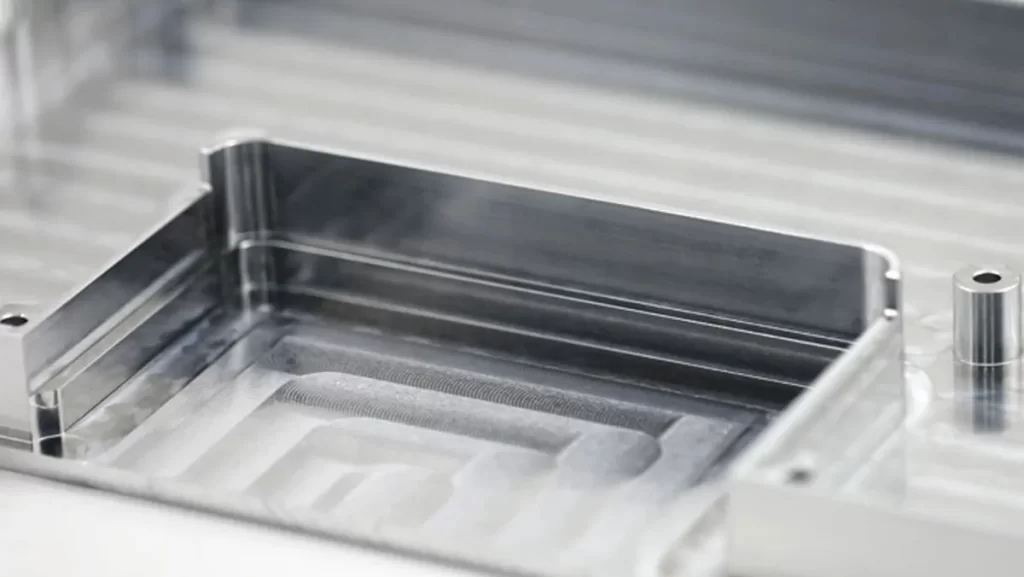
As-Machined
The cutting process makes marks on the material surface. The surface stays in its natural state.
Inside parts usually work fine with this finish. Visible parts may need a different look.
This basic finish allows fast and cheap use in certain jobs.
For a deeper dive into the materials that can be machined, take a look at Materials for CNC Machining.
2. Vapor Polishing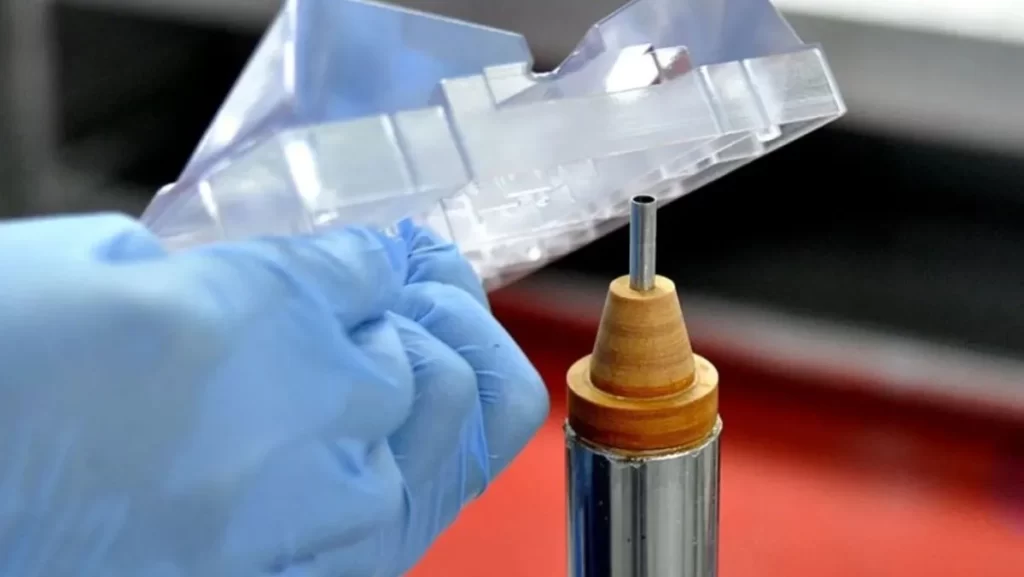
Vapor Polishing
Chemical vapor makes polycarbonate surfaces smooth and clean.
The process makes parts clearer and takes away flaws. This creates a better look.
The method removes cutting marks and makes clear results. These work well for jobs that need good looks.
3. Buffing
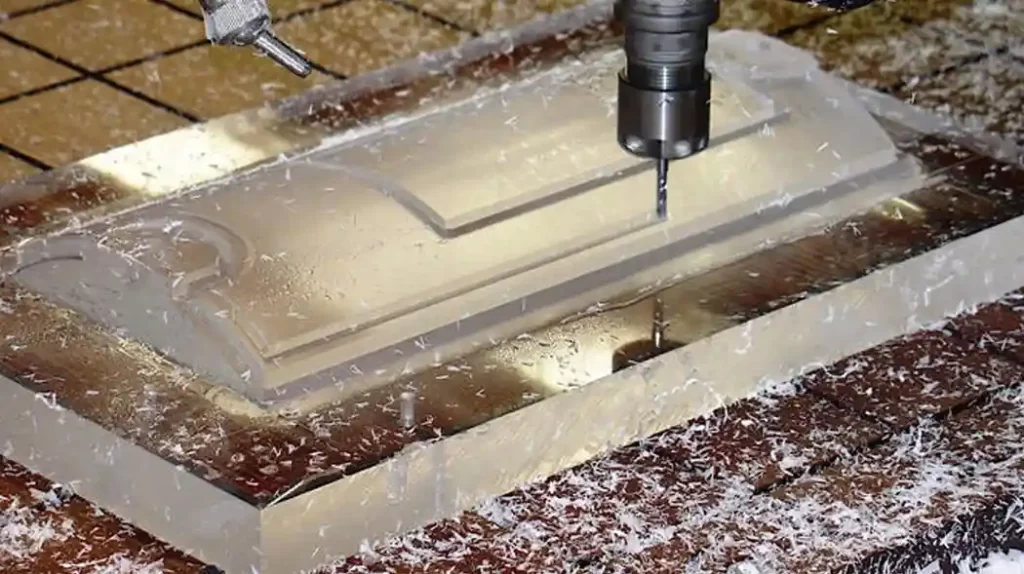
Buffing
Polycarbonate parts become shiny through the buffing technique. This finishing process enhances the visual appeal of the piece while making it more attractive to the eye. This technique works on different surfaces to enhance visual quality without compromising material integrity.
4. Scratch-Resistant Coating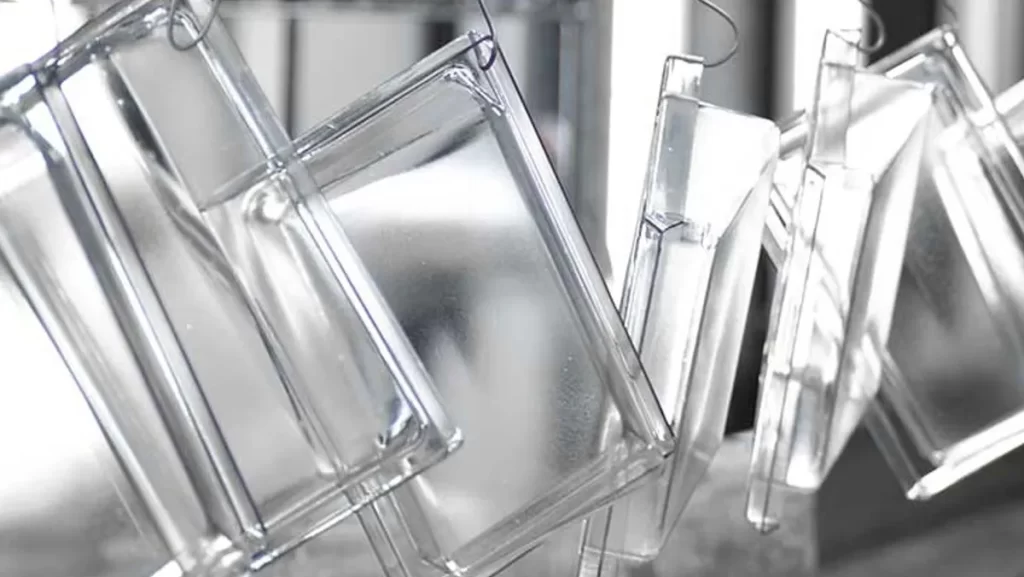
Scratch-Resistant Coating
The application of scratch-resistant coatings enhances durability and preserves clarity in polycarbonate components during extended use.
The protective coating shields surfaces from scratches and damage thus providing excellent protection for items that experience frequent use and harsh environments.
See Also: CNC Machining of Composites
Expert Tips for Polycarbonate Machining
The quality and efficiency of polycarbonate machining improves significantly when following expert advice. Here are some helpful tips:
1. Mill in Steps
The process should involve multiple shallow cuts instead of making one deep cut. The process of heat accumulation decreases while the material remains intact.
2. Use CNC Cutters with Sharp Edges
The use of sharp tools produces clean cuts which minimizes the risk of damaging the polycarbonate material.
3. Choose the Right Cutting Tool with a Compatible Diameter
The selection of appropriate tool dimensions for your project determines its effective machining results.
4. Apply Cutting Fluids
Cutting fluids serve as protective agents which reduce friction and heat during the machining process of polycarbonate.
5. Set Proper Feed and Speed Rates
The key to successful machining depends on adjusting feed rates and spindle speeds. The combination of excessive speed produces overheating but slow speeds result in tool wear acceleration.
Must Check: Top 9 CNC Machining Manufacturers in The World
Conclusion
The modern manufacturing process of polycarbonate machining delivers essential advantages for various industrial applications.
Manufacturers who understand polycarbonate properties and best practices can create high-quality parts through effective utilization of this material.
ProleanTech manufacturers use right combination of techniques and tools enables efficient polycarbonate machining which produces successful outcomes across different industries.
To discuss your specific project needs, please don’t hesitate to Contact us. You can also explore our comprehensive CNC Machining Services to see how ProleanTech can bring your designs to life.
Frequently Asked Questions
Q1. Can Polycarbonate Be Machined?
Polycarbonate exists as a material that can be machined through different methods including CNC milling and drilling and turning.
Q2. What Is the Best Tool to Cut Polycarbonate?
The most effective tools for polycarbonate cutting consist of carbide-tipped saw blades together with CNC routers and laser cutters. The process requires sharp tools to achieve clean cuts.
Q3. Is Polycarbonate Better Than Acrylic for Machining?
The machining properties of polycarbonate exceed those of acrylic because it demonstrates superior impact resistance and durability. Acrylic shows brittleness because it breaks when subjected to stress.
Q4. Can You Lathe Polycarbonate?
The machining of polycarbonate proves successful through lathe operations. The correct selection of tools and settings remains essential to stop the material from melting.

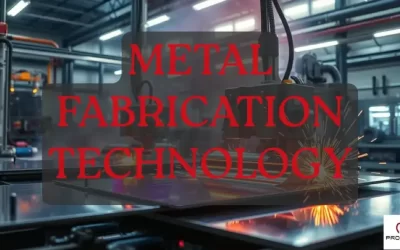
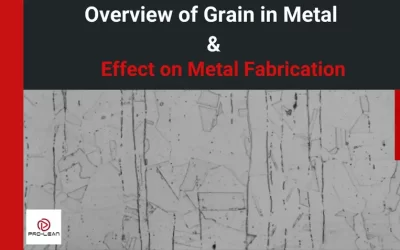
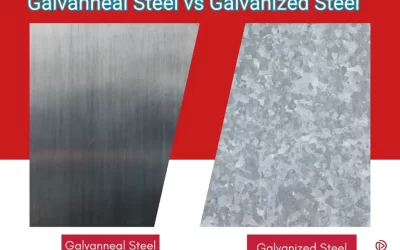
0 Comments